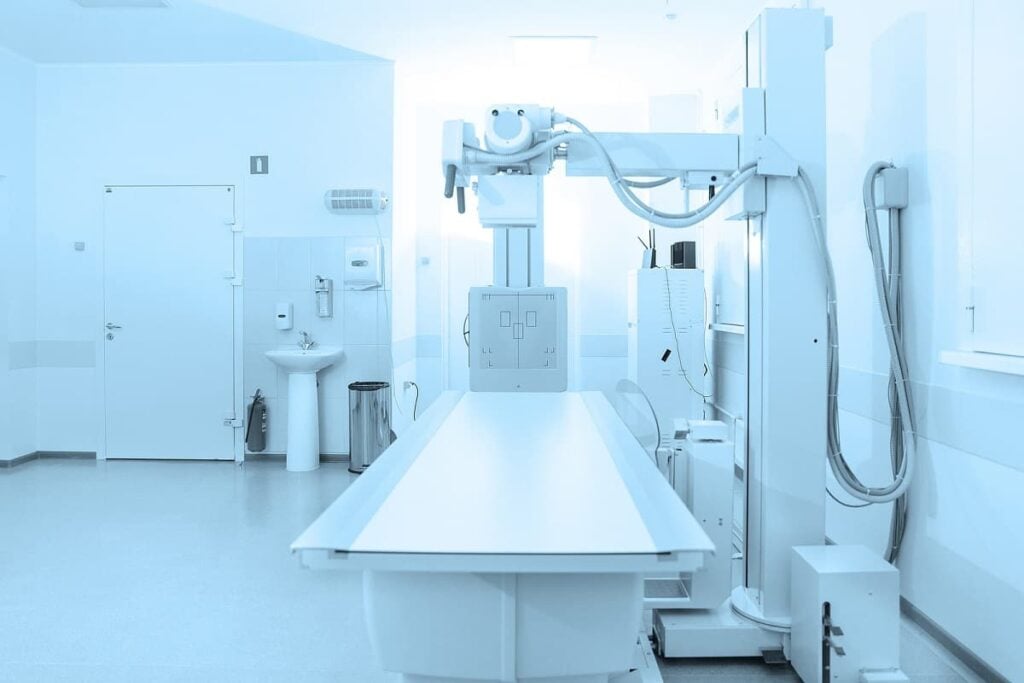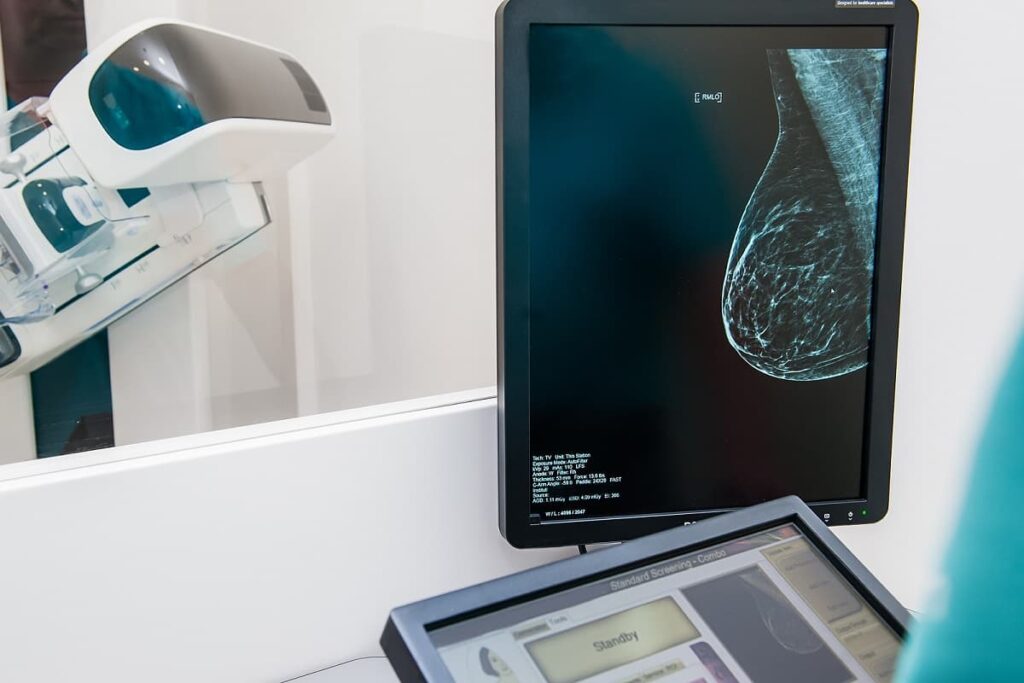Enlitic: Deep Learning Algorithms for Medical Imaging
Table of contents
Table of contents

In a recent article, we took a look at 4 companies that are using deep learning for drug discovery. If you don’t know what deep learning is yet, read this article first. Now you can see how deep learning works by taking a look at this basic example. Perhaps the most astonishing fact about deep learning is that the software developers who build deep learning solutions don’t need to have any domain expertise in the problem they are trying to solve. This means you can immediately begin to solve problems across all industries.
Let’s say you could program a deep learning algorithm to read medical images as good as doctors can. Would you then replace all your radiologists with a deep learning program? Maybe you wouldn’t, but what if that deep learning algorithm was better than your radiologists? What if it just wasn’t marginally better, but 10X better? One startup called Enlitic is using deep learning to automatically screen for hundreds of specific diseases within your medical imaging data, while being cheaper, faster, and more accurate than the manual methods used today.
About Enlitic
Founded in 2014, San Francisco startup Enlitic has taken in just $15 million in funding so far to develop their deep learning healthcare company which will focus on medical imaging solutions. One of their investors, Capitol Health Limited, is an Australian healthcare company which provides diagnostic imaging services via 51 clinics and which has began rolling out the Enlitic deep learning solution. With the founder of Enlitic, Jeremy Howard being from Melbourne, it makes more sense as to why they chose Australia as their initial market. Enlitic’s business model is not to sell their deep learning solution but rather to take a cut of the profits realized by the clients that adopt it. So what exactly is Enlitic selling here, or not selling as it were?
For those of us with no medical background whatsoever, a radiologist is a physician who is also an imaging expert with specialized training to interpret medical images obtained by using x-rays. Plainly stated, this person makes a living primarily through interpreting what they see in pictures. Enlitic has developed a deep learning algorithm that can increase the accuracy of a radiologist’s interpretation by 50-70% and at a speed 50,000 times faster. Enlitic ran a test of their technology against a publicly-available dataset of chest X-ray images and detected lung cancer nodules 50% more accurately than an expert panel of radiologists. In evaluating bones in X-rays, the Enlitic deep learning tool can detect fractures as small as .01% of the total x-ray image.
Enlitic is trying to market their technology as something that “enables” radiologists as opposed to replacing them. While that may make their value proposition less threatening, let’s face facts here. The average radiologist’s salary is $286,000 a year. In the U.S. there is one radiologist per 10,000 people which points to an estimated number of 31,800 radiologists in total. That means that around $9 billion dollars a year is being spent on radiologists. You can dry to dance around the facts as much as you like but the truth is, these are exactly the types of service jobs that deep learning is predicted to replace. That $9 billion is where Enlitic plans to make their money based on a business model that makes money by sharing a cut of the cost savings realized. It’s hard to recommend radiology as a career option when you look at the scenario here.
So how can retail investors make money here? The problem for retail investors is that Enlitic remains private at the moment. In the absence of a liquidation event like a merger with a publicly traded company or an IPO, there isn’t any way to get exposure here unless you bought stock in Capitol Health Limited (ASX:CAJ) but proceed with caution. This $75 micro-cap has lost -77% of its value in the past year alone.
Sign up to our newsletter to get more of our great research delivered straight to your inbox!
Nanalyze Weekly includes useful insights written by our team of underpaid MBAs, research on new disruptive technology stocks flying under the radar, and summaries of our recent research. Always 100% free.















